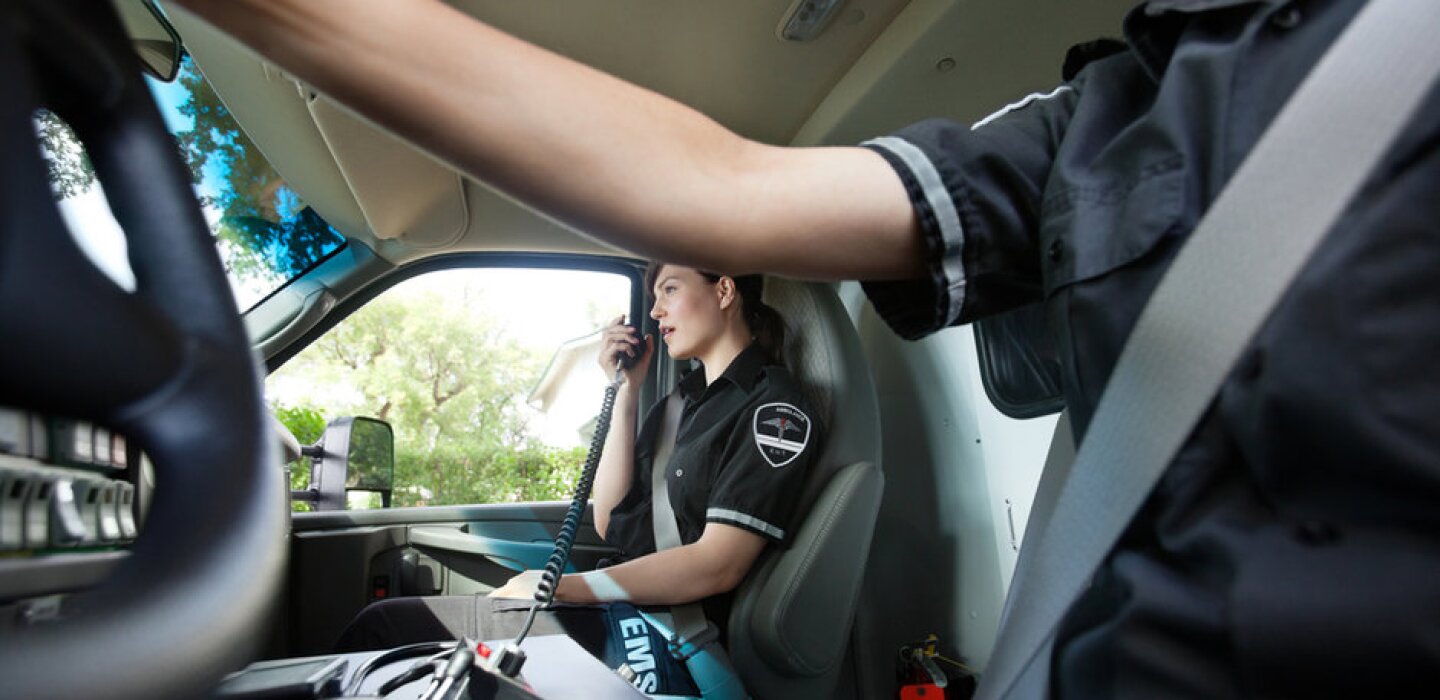
Can Drones Offer More to Police, Firefighters and EMS?
Drones can do so much more for emergency responders than they are now — that’s the central message behind a technology testing push that involves Axon, a company best known for its Tasers and body cameras.
The idea is to develop and win Federal Aviation Administration (FAA) certification for drones that fly beyond the visual line of sight of operators.
That could help police, medical personnel and others respond to emergencies via what drone technology provider Dedrone in a statement called “complete airspace situational awareness.”
The company’s new DedroneBeyond product, which Axon is helping to test, can identify other drones, aircraft and even birds via sensor, machine learning and artificial intelligence, Dedrone said.
“Drones can provide more than just a bird’s-eye view of a situation,” said Aaditya Devarakonda, CEO of Dedrone, in the statement. “They can arrive at a scene faster than humans and then enable assessment of an emerging incident to provide critical information for law enforcement and first responders to make better decisions before sending in personnel. Today, this potential is hampered by the need to always have human eyes on a drone.”
Axon’s work with Dedrone on this effort is part of a broader effort to win acceptance for such flights not only from public agencies but federal officials.
That’s because drones that fly beyond visual lines of sight need an FAA certificate, which is issued to the user. Earning that certificate requires that the agency shows that the drone can “reliably detect other aircraft to prevent mid-aid collisions,” according to the statement.
Drones, of course, are finding all sorts of employment among local and state governments, especially for public safety and disaster management.
For instance, the New York City Fire Department is testing drones equipped with floats that can be dropped into the water to rescue people at risk of drowning. A county in California uses drones to hunt down illegal fireworks, which can cause fires and injuries.
Meanwhile, civil rights groups are sounding alarms about the potential privacy violations that fleets of drones could commit even as public safety agencies seek out donations and grants to expand their own drone programs.
In Axon’s view, however, this ongoing test could open the door to a new phase of emergency response.
“Eliminating the need for human visual observers is the key to unlocking the value of [drones as first responders] and bringing its benefits to a larger number of communities,” said Aydin Ghajar, general manager of Axon Air, in the statement.


Average Rating